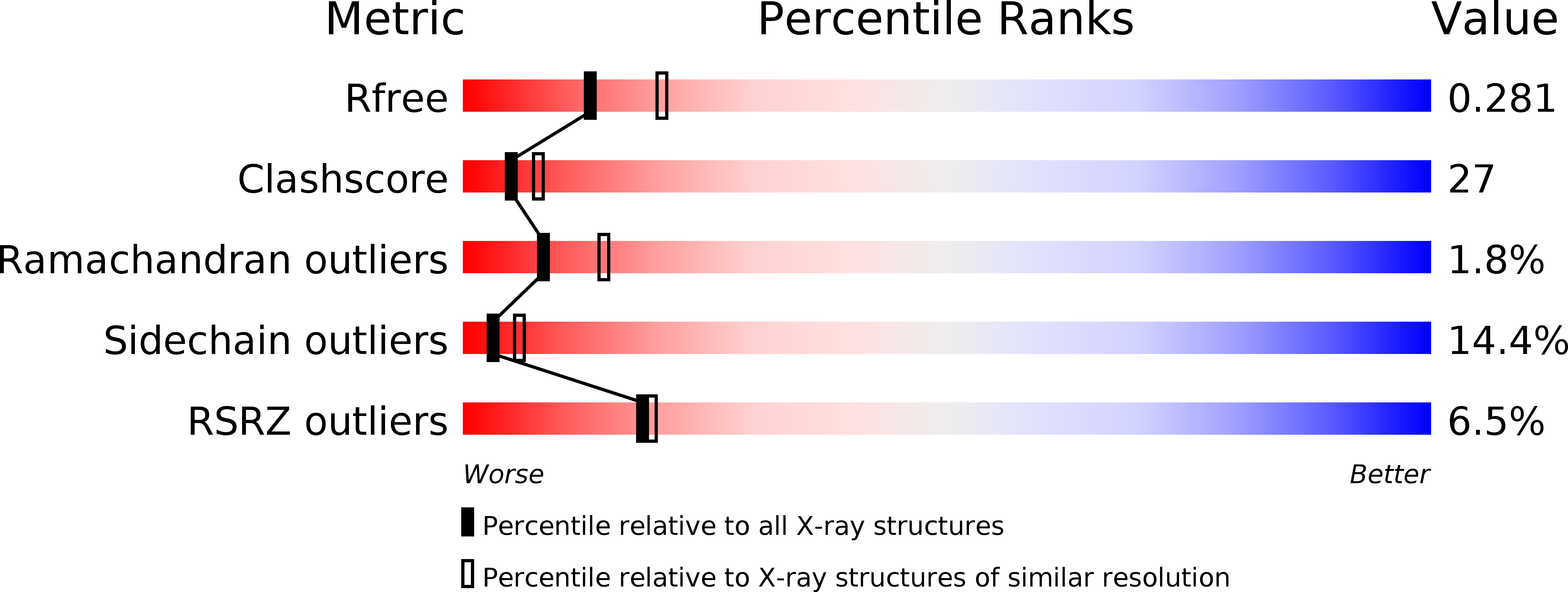
Deposition Date
2011-02-22
Release Date
2012-02-29
Last Version Date
2024-02-21
Entry Detail
PDB ID:
3QT0
Keywords:
Title:
Revealing a steroid receptor ligand as a unique PPARgamma agonist
Biological Source:
Source Organism:
Homo sapiens (Taxon ID: 9606)
Host Organism:
Method Details:
Experimental Method:
Resolution:
2.50 Å
R-Value Free:
0.27
R-Value Work:
0.19
R-Value Observed:
0.20
Space Group:
C 2 2 21


